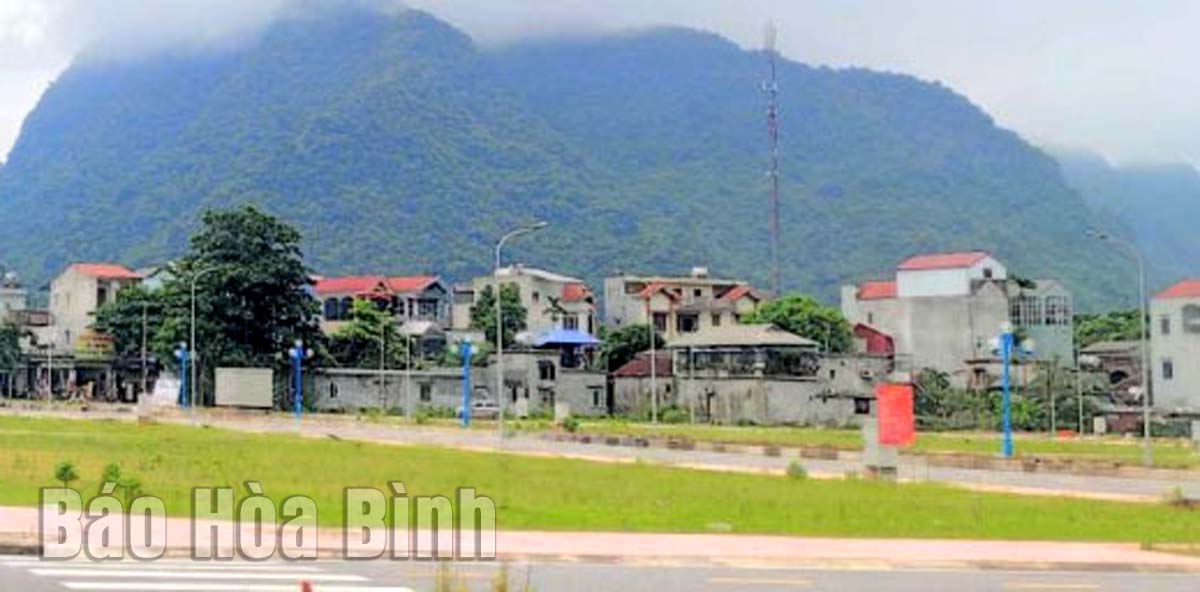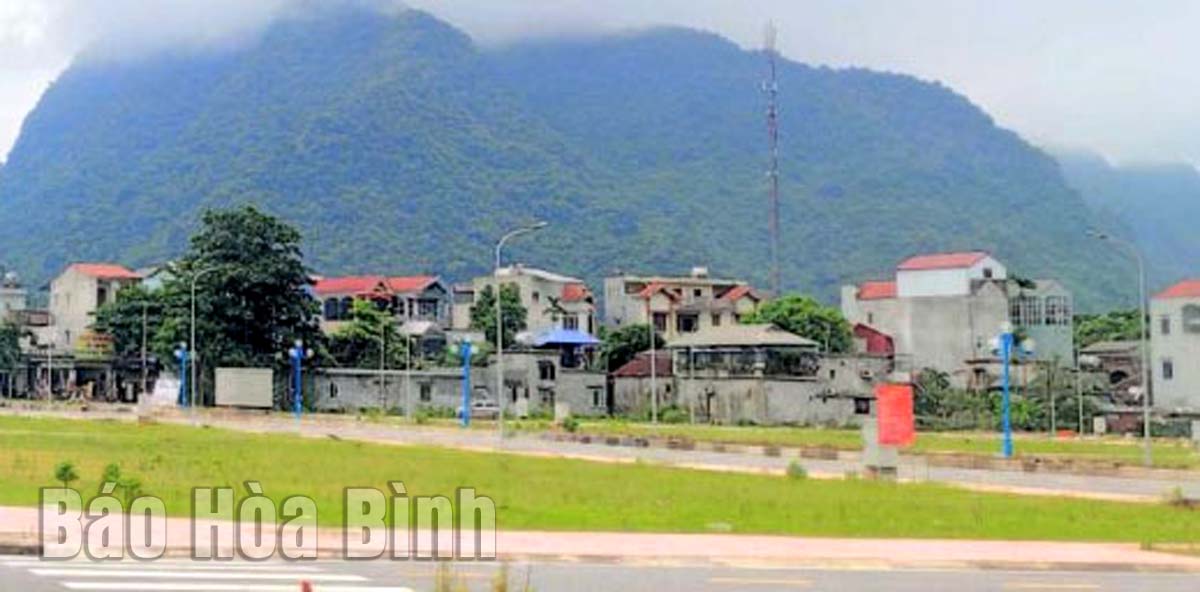
(HBO) – Kim Boi district is working on 32 different planning schemes, including those on the building of Kim Boi region until 2040, the development of Bo urban area until 2045, as well as the development of 29 sub-areas. The district People’s Committee has also approved 14 master plans for communes until 2030.
The general planning of Bo urban area until 2045 is expected to help Kim Boi attract more investment.
A report by the district People’s Committee showed that the planning for the Kim Boi district region towards 2040 has been approved by the provincial People’s Committee on May 27, 2022, which covers the whole district’s area of 55,128 hectares. Meanwhile, the planning for Bo urban area and vicinity until 2035 was nodded on May 25, 2022. A proposal to design another planning for Bo urban area until 2045 was also approved in May this year, enabling the district to implement the task.
They are two planning schemes with significant meaning to the local socio-economic development. According to leaders of Kim Boi, they aim to highlight the position of Kim Boi in the development of Hoa Binh as a hub for industry, tourism, trade, agro-forestry in the province, with favourable connection with important national economic spaces through Ho Chi Minh Road, National Highways 21 and 12B, and its location bordering Hanoi, Ha Nam, Thanh Hoa and Ninh Binh. In addition, Kim Boi district is located on the main economic corridor of Luong Son - Kim Boi - Lac Thuy near Hanoi.
At the same time, the district has designed 29 planning schemes for major sub-areas with a total area of 6,399 hectares. The planning design has been defined as one of the breakthrough stage of the district to successfully complete targets set at the provincial Party Congress, contributing to drawing more investment and boosting the local socio-economic development, requiring close coordination among sectors, departments and agencies, according to the district People’s Committee./.
Hoa Binh province is undergoing a dynamic transformation amid Vietnam’s national digital transition. Building on Poliburo’s Resolution No. 57-NQ/TW on breakthroughs in science, technology, innovation, and national digital transformation, the province has rolled out a wide range of practical action plans. A standout initiative is the "Digital Literacy for All” movement, an effort to ensure that no one is left behind in the digital era.
Hoa Binh province is undergoing a dynamic transformation in the wake of the national digital transformation movement. Building on Resolution No. 57-NQ/TW of the Politburo on breakthroughs in science, technology, innovation, and national digital transformation, the province has implemented a wide range of practical action plans. A standout initiative is the "Digital Literacy for All” movement ambitious effort to ensure that no one is left behind in the digital age.
With a spirit of unity and proactive problem-solving, the Party Committee, the government and the people of Dong Lai Commune (Tan Lac District) have made great strides in implementing the resolutions of the 24th Party Congress of the commune for the 2020 - 2025 term. Focusing on leadership and practical actions, the commune has brought the Party’s resolutions into daily life, creating strong impacts and pushing the local development forward.
Amid the nationwide push for digital transformation, young people in Hoa Binh Province are stepping up as dynamic pioneers, applying technology to enhance Youth Union operations and expand the reach of youth-led initiatives. Through creativity and adaptability, Youth Union organizations at all levels have introduced a series of practical solutions, contributing to modern governance and community development.
In recent years, An Nghia commune, located in Lac Son district, has stepped up administrative reform, focusing on improving the quality and efficiency of its single-window service unit for receiving and processing administrative procedures. These improvements have helped create favourable conditions for local residents and organisations to handle administrative procedures, contributing to the commune’s broader socio-economic development.
The Prime Minister-approved master plan to develop the multi-use value of forests ecosystems through 2030, with a vision to 2050, aims to improve the management and sustainable use of forest resources, create jobs, increase incomes, and improve the living standards of ethnic minorities, people in mountainous and remote areas, forest workers and those living near forests.



